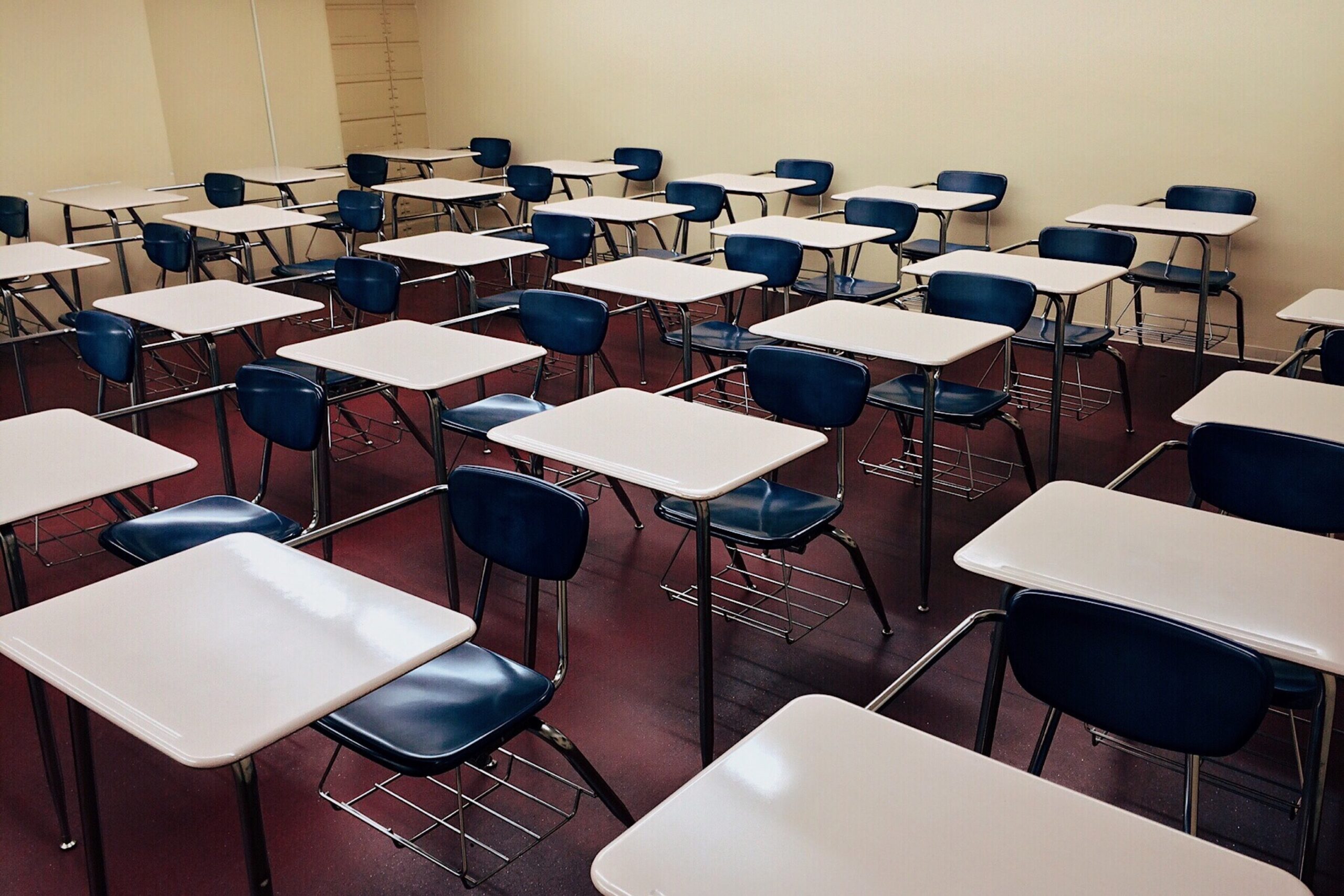 Many parents have expressed concerns about their children’s learning during the pandemic. They want to understand how they can determine their children’s academic skills amid the significant alteration of their learning environment amid year-long disruption of the educational system. The Glossary of Education Reform defines learning loss as any specific or general loss of knowledge and skills or to reversals in academic progress, most commonly due to extended gaps or discontinuities in a student’s education. A few situations that result in learning loss include summer vacation, school absence, and returning dropouts. Now, add the pandemic to this list.
Many parents have expressed concerns about their children’s learning during the pandemic. They want to understand how they can determine their children’s academic skills amid the significant alteration of their learning environment amid year-long disruption of the educational system. The Glossary of Education Reform defines learning loss as any specific or general loss of knowledge and skills or to reversals in academic progress, most commonly due to extended gaps or discontinuities in a student’s education. A few situations that result in learning loss include summer vacation, school absence, and returning dropouts. Now, add the pandemic to this list.
After a lengthy summer break, most teachers dedicate the first weeks of the fall semester to review and remediate skills from the previous school year. According to the Measures of Academic Progress tests, summer learning loss is serious. On average, children lose about a month of reading and math skills during their first summer vacation. And during their second summer vacation, they lose three full months of skills in reading and math. Young children appear to be the ones losing the most ground. One analysis of reading level data by Amplify Education, found children in first and second grade experienced the most dramatic drops in grade level reading scores compared to previous years. This year, 40 percent of first grade students and 35 percent of second grade students are “significantly at risk” of needing intensive intervention compared to 27 percent and 29 percent last year.
In this unprecedented year, it is difficult to ascertain what knowledge and skills have been lost. In some states, there are no statewide curricula. Many school districts do not have common assessments that measure curricular attainment. The U.S. Department of Education announced that States will not be allowed to cancel federally mandated standardized exams this school year despite the pandemic, though they will be offered significant flexibility in how they give those tests and how they’re used. However, once administered, the results of those tests will not be available for months.
So how can parents determine their children’s learning now? One informal reading assessment is free and available online. The San Diego Quick Reading Assessment covers grades K-11 and can provide information about a student’s grade level in reading in just a matter of minutes. Directions are easy to follow, and the results are immediately available. Clicking on the link will bring you to the actual assessment with instructions.
For formal assessment, several standardized tests are available. They are meant to show proof of progress. . . The test results show how your student compares nationally to other students in the same grade level who took the same test at the same time of year. The following are paper tests that parents can purchase and administer at home. This Homeschoolers’ Guide to Standardized Testing offers suggestions and requirements for administering these tests.
- Basic Achievement Skills Inventory (BASI)– grades 3-12
- California Achievement Test (CAT)– grades k-12
- Iowa Test of Basic Skills grades K-12
- Terra Nova Comprehensive Test of Basic Skills– grades K-12, Stanford Achievement Test– grades K-12.
- PASS Test– grades 3-8.
With these exams, parents can get an objective sense of their student’s strengths and weaknesses during this difficult time. If you have any additional questions, please contact me. La***@*************on.com.

